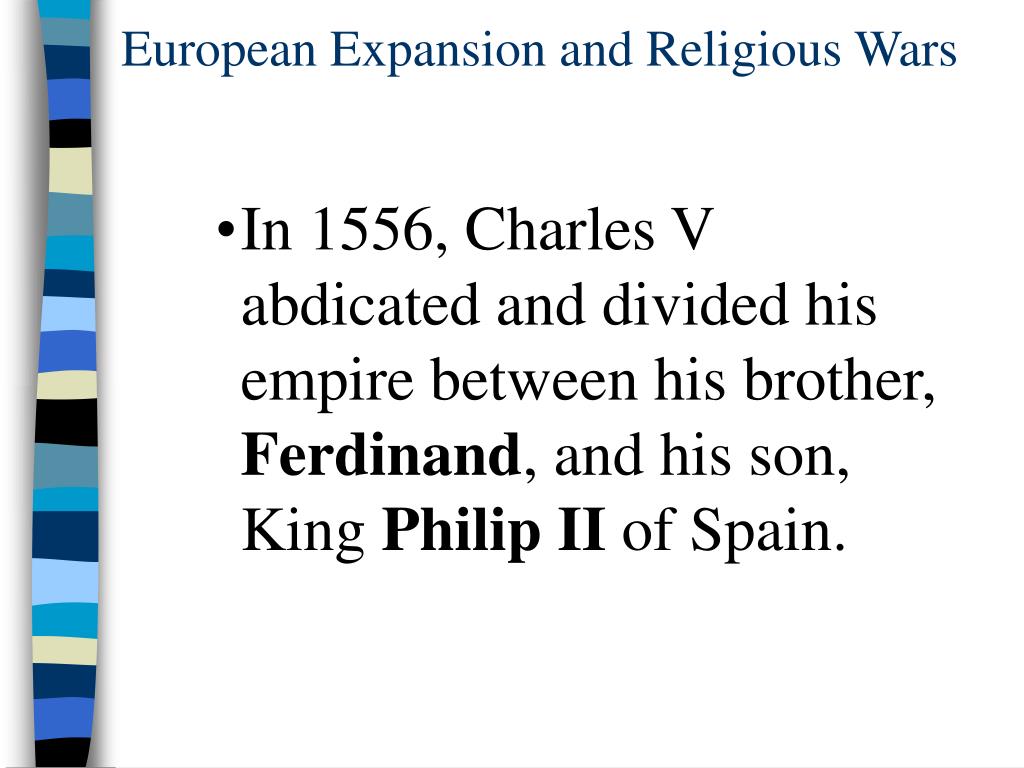There were now two aggressors: the French house of Valois, still bent on expansion, and the house of Habsburg. When the Habsburg Charles V (who was Charles I in Spain), succeeded his grandfather Maximilian as emperor in 1519, he had inherited Spain, the Low Countries, the Habsburg lands in central Europe, the Holy Roman Empire, and the new preponderance in Italy. He apparently had France squeezed in a vise.
Louis XII’s successor, Francis I (r. 1515— 1547), was badly defeated by the largely Spanish Habsburg forces at Pavia in 1525 and was himself taken prisoner and held in Madrid until he signed a treaty giving up all the Valois Italian claims and ceding the duchy of Burgundy. He repudiated this treaty the moment he was safely back in France.
One of the imperial commanders at the battle of Pavia was the constable de Bourbon (1490-1527), a French noble at odds with his king. The same Bourbon next commanded the emperor’s Spanish and German mercenaries in the sack of Rome in 1527. Pope Clement VII (1523-1534), a Medici, had turned against Charles V after Pavia. In the League of Cognac (1526) he had allied himself with the other main Italian powers and with Francis. Charles had besieged Rome, but he did not intend the sack, which took place when his mercenaries became infuriated by delays in pay and supplies. By the end of the decade Charles had made peace with the pope and with Francis, and in 1530 he was crowned by the pope as emperor and as king of Italy.
France was still in the vise between the Spanish, the German, and the Netherlands holdings of Charles. Francis I was not one to accept so precarious a position. He used the death of the Sforza ruler of Milan in 1535 to reopen the old claim to Milan and to begin the struggle once more. Neither side secured a decisive military victory. In 1559 the Treaty of Cateau-Cambresis confirmed Habsburg control of Milan and Naples. France failed to acquire a real foothold in Italy, but the Habsburgs also failed to reduce the real strength of France. The Habsburg vise had not closed, primarily because France proved militarily, economically, and politically strong enough to resist the pressure.
The last phase of the personal duel between the aging rivals, Charles and Francis, shows how many variables affected the balance of power. To gain allies, Francis did not hesitate to turn to Charles’s rebellious German subjects. Although head of a Catholic country, he allied himself with the Protestant duke of Cleves and even concluded an alliance with the Muslim Ottoman emperor, Suleiman the Magnificent, who attacked Charles from the rear in Hungary.
One other participant in the complex struggles of the first half of the sixteenth century was England. England had on its northern border an independent Scotland, which tended to side with France, the hereditary English enemy. Yet the English were quite capable of supporting France if they thought Charles V too strong.
After Charles had won at Pavia and taken Rome, the English minister Cardinal Wolsey worked out an alliance with France in 1527. The English were also capable of reversing themselves. In 1543, when Charles was beset by Protestants and Turks, Henry VIII came to his aid against France.

